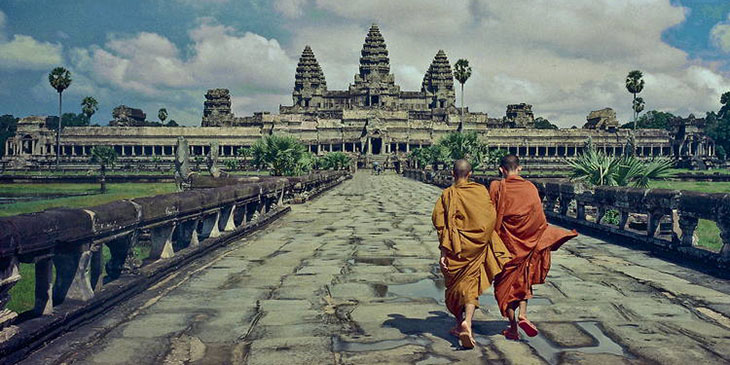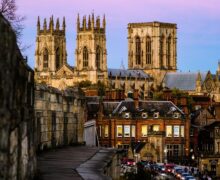Angkor in Cambodia booming with 2.6 million international visitors in 2018

Angkor is one of the most important archaeological sites in South-East Asia located in Cambodia’s northern province of Siem Reap. Stretching over some 400 km2, including forested area, Angkor Archaeological Park contains the magnificent remains of the different capitals of the Khmer Empire, from the 9th to the 15th century. They include the famous Temple of Angkor Wat and, at Angkor Thom, the Bayon Temple with its countless sculptural decorations. UNESCO has set up a wide-ranging programme to safeguard this symbolic site and its surroundings.
The Angkor Archaeological Park welcomed nearly 2.6 million international visitors last year, generating more than $100 million in revenue. This number was released and published by Cambodia media today.
Angkor Park saw a 5.45 percent rise in visitors to 2.59 million from last year, while revenue from ticket sales jumped eight percent, generating $116.64 million.
Revenue declined 1.59 percent to around $12.11 million in December even though the number of visitors to the Kingdom’s iconic tourist site increased 0.16 percent to 267,647.
The temple site is the key player to attract tourists and is a source of millions of dollars in income for the country, said Siem Reap provincial Department of Tourism director Ngov Seng Kak.
Temples such as Angkor Wat, the Bayon, Preah Khan, and Ta Prohm, exemplars of Khmer architecture, are closely linked to their geographical context as well as being imbued with symbolic significance. The architecture and layout of the successive capitals bear witness to a high level of social order and ranking within the Khmer Empire. Angkor is, therefore, a major site exemplifying cultural, religious and symbolic values, as well as containing high architectural, archaeological and artistic significance.
The park is inhabited, and many villages, some of whom the ancestors are dating back to the Angkor period are scattered throughout the park. The population practices agriculture and more specifically rice cultivation. Local tourism boards want tourists to visit natural and eco-community tourist sites that are also good attractions for international tourists after they visit the Angkor area.
Cambodia’s tourism sector is experiencing remarkable growth, as international visitors travel to see the country’s natural beauty and cultural attractions.
During the first 10 months of last year, Cambodia welcomed more than 4.82 million international tourists, while 5.6 million came to visit the Kingdom in 2017.
Chinese tourists top the list, followed by tourists from Vietnam, Laos, Thailand and South Korea, according to Ministry of Tourism data.
The government projects that seven million visitors will visit the Kingdom next year.
source: eTN




